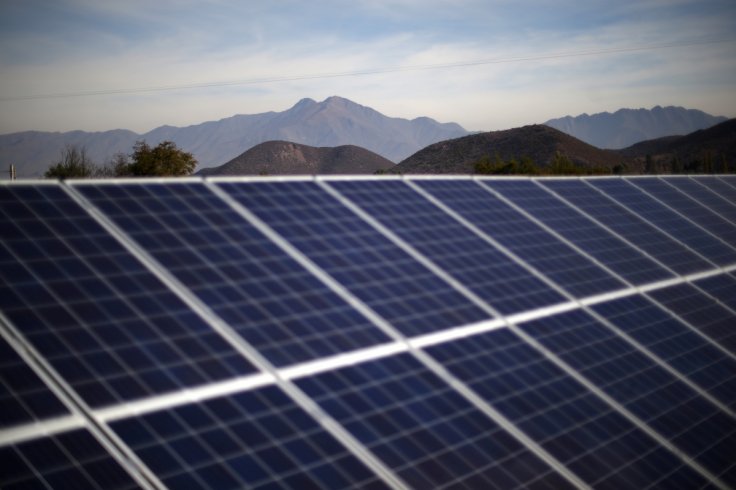
The United States installed 10.6 gigawatts of new solar photovoltaic (PV) capacity in 2018 and remains on track to more than double this capacity in the next five years.
Total installed PV capacity is projected to increase by 14 percent this year. Yearly installations should balloon to 15.8 GW by 2021. In addition, the utility-scale solar photovoltaic (PV) sector will grow at levels beyond that originally forecast before the Trump administration imposed a 30 percent tariff on imported solar cells and modules.
The U.S. now has 64 GW of installed capacity, which is more than enough to power more than 12 million homes.
As is usual, California was once again the leader in new capacity, installing over 3.3 GW. Next in line were Texas and North Carolina, which installed some 996 MW and 907 MW, respectively.
The 10.6 GW in new capacity for 2018, however, is slightly lower compared to that for 2017 but the PV industry expects the market to rebound in the years ahead, according to the US Solar Market Insight 2018Year-in-Review Report from Wood Mackenzie Power & Renewables and the Solar Energy Industries Association (SEIA).
"The solar industry experienced growing pains in 2018, in large part due to the unnecessary tariffs that were imposed on solar cells and modules, but this report still finds significant reason for optimism," said SEIA president and CEO Abigail Ross Hopper.
"The total amount of solar installed in America is on track to more than double in the next five years, proving solar's resiliency and its economic strength," she said.
"It's clear this next decade is going to be one of significant growth."
The report said the residential sector rebounded to a 7 percent growth in 2018 after shrinking by 15 percent in 2017. The residential sector has now seen five straight quarters of modest growth. The fourth quarter expansion saw the sector's largest quarterly growth in two years, with nearly 315,000 households adding solar for the year.
On the other hand, the non-residential sector decelerated by 8%, while the utility-scale sector went through a slight contraction due to the continuing impacts of the Section 201 tariff uncertainty.
In total, solar PV accounted for 29 percent of all new electricity generating capacity additions. This share was lower compared to 2017 due to a surge in new natural-gas projects earlier in 2018.
The report forecasts stronger growth from 2020 to 2022. Total installed solar PV capacity is expected to increase by 14 percent in 2019. Annual installations should climb to 15.8 GW in 2021.
Utility-scale solar projects from 2020 to 2022 now exceed forecasts originally made before the imposition of the Section 201 tariffs. The Wood Mackenzie's utility-scale forecast for 2020 is 8 percent higher than its fourth quarter 2017 forecast, while its 2021 forecast is 19 percent higher.
This article was first published in IBTimes US. Permission required for reproduction.








